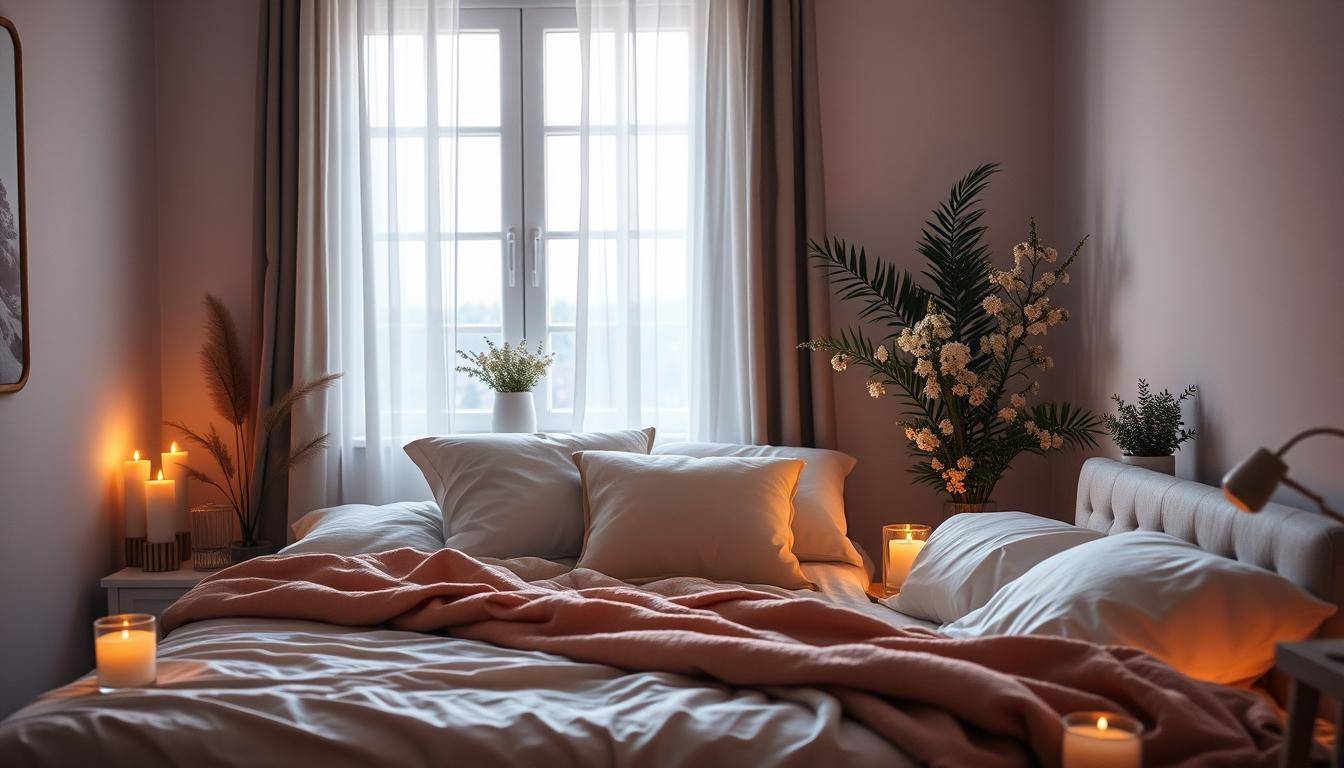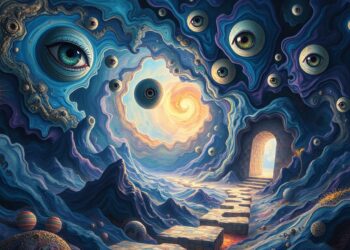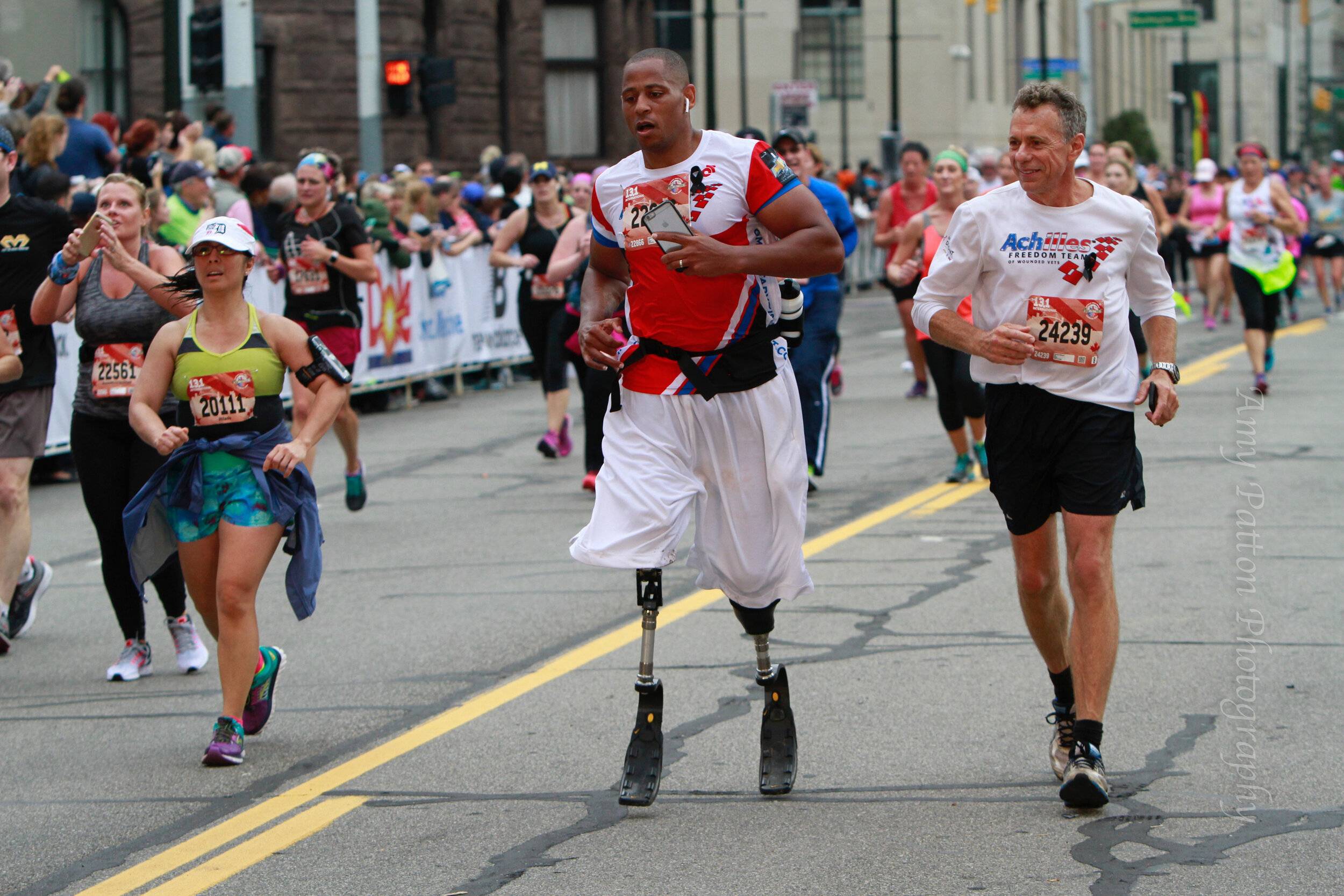“Sleep is the golden chain that ties health and our bodies together.” – Thomas Dekker, English dramatist.
In today’s fast world, stress and anxiety can make it hard to sleep. Guided sleep visualization is a powerful tool to help you rest better. It combines mindfulness and meditation to guide you to deep, restful sleep.
Guided sleep visualization uses your mind’s ability to create vivid images. By focusing on a calm, detailed scene, you can quiet your mind. This lets your body relax deeply, helping you sleep better.
Key Takeaways
- Guided sleep visualization is a powerful meditation technique that promotes better sleep by relaxing the mind and body.
- This practice uses imagery and sensory experiences to quiet the cognitive mind and induce a state of deep relaxation.
- Guided sleep visualization can help reduce anxiety, calm the mind, and improve overall sleep quality.
- Regular practice of guided sleep visualization can train your brain to associate bedtime with a peaceful, restful state.
- Incorporating guided sleep visualization into your bedtime routine can be a game-changer for those struggling with insomnia or poor sleep.
Understanding the Power of Sleep Visualization Techniques
Sleep visualization techniques use the brain’s amazing ability to respond to images. They help relax and improve sleep quality. These practices calm an active or worried mind, similar to sleep states.
The Science Behind Visualization and Sleep
Guided imagery can start the body’s natural relaxation response. This leads to slower breathing, lower blood pressure, and a slower heart rate. It’s great for those who have trouble sleeping, as it gets the mind and body ready for rest.
How Your Brain Responds to Guided Imagery
When you use sleep visualization, your brain acts like it’s really experiencing it. This can lead to deep relaxation, like sleep. Focusing on calm images helps quiet your mind and prepares you for restful sleep.
Benefits of Visual Sleep Meditation
Adding visual sleep meditation to your routine can bring many benefits. It can lower anxiety, improve relaxation, and make sleep better. Soothing images help your brain relax deeply, leading to more refreshing sleep.
“Guided imagery has been shown to help reduce pre-surgery anxiety, while another 2018 study showed it reduced pretest anxiety in students.”
The strength of sleep visualization comes from its ability to connect with the brain’s natural relaxation. By understanding this science and its benefits, you can achieve better, more restful sleep.
The Essential Components of Guided Sleep Visualization
Making the perfect Bedtime Visualization or Calming Visualization needs a few key elements. These elements work together to help you relax deeply and sleep well. The core is creating a soothing scene that engages all your senses and calms your mind.
Deep breathing exercises are a key part. They help activate your body’s relaxation system. Progressive relaxation, where you tense and then relax muscles, also helps release tension and bring peace.
Vivid imagery is crucial too. Imagine a calm place like a beach, forest, or cozy cabin. This transports your mind to a peaceful spot, away from daily stress. Using rich, descriptive language is important to paint a detailed picture that engages your senses.
The aim of Guided Sleep Visualization is to create a calming ritual. This ritual combines deep breathing, progressive relaxation, and vivid imagery. By using your imagination and these techniques, you can improve your sleep and say goodbye to insomnia.
| Essential Components of Guided Sleep Visualization |
|---|
|
Creating the Perfect Environment for Sleep Practice
Creating a great sleep environment is key for guided sleep visualization. A cozy and calming space boosts your sensory experience. This leads to deeper relaxation, better Restful Sleep, and relief from Insomnia.
Setting Up Your Sleep Space
Your sleep area should be peaceful. Add soft, warm textures like cozy bedding or a plush rug. These make you feel safe and comfortable. Try adding scents like lavender or vanilla to make it even more relaxing.
Optimal Temperature and Lighting
Keep your room cool, between 65°F and 70°F (18°C to 21°C), for better sleep. Dim the lights and use soft, warm lighting to signal sleep time. Blackout curtains or an eye mask can block out light.
Eliminating Distractions
- Turn off electronic devices, like phones or TVs, 30 minutes before bed. Blue light can mess with your sleep cycle.
- Use a white noise machine or calming sounds to keep your space quiet.
- Make sure your sleep area is tidy and free from distractions.
By making your sleep space just right, you’ll get the most out of your guided sleep visualization. This helps you relax deeper and sleep better.
“Meditation before sleep can help individuals transition from a hectic day to a state of deep relaxation needed for restful sleep.”
| Benefit | Percentage |
|---|---|
| Reduced Stress | 85% |
| Improved Sleep Quality | 55% |
Common Barriers to Restful Sleep and How Visualization Helps
Getting a good night’s sleep is hard for many. An active mind, anxiety, and physical tension are big hurdles. But, guided sleep induction and insomnia relief can help you sleep better.
An overactive mind makes it hard to relax and sleep. Guided sleep visualization gives your mind a focus. It helps you calm down and get ready for sleep.
Anxiety and stress can also keep you awake. Guided sleep meditations use visualization to calm you down. They help you relax and release the day’s stress.
Physical tension can also stop you from sleeping. Visualization techniques like body scanning and progressive muscle relaxation can help. They relax your muscles and help you sleep better.
“Guided sleep visualization is a powerful tool for addressing the common barriers to restful sleep. By providing a focus for the mind, reducing anxiety, and promoting physical relaxation, this practice can help you unlock the restorative benefits of a good night’s sleep.”
Adding guided sleep visualization to your bedtime routine can help. It can manage the obstacles to quality sleep. Start this practice for better sleep, health, and well-being.

Step-by-Step Guide to Bedtime Visualization
Adding Guided Sleep Visualization and Relaxation Techniques to your bedtime can change your sleep for the better. This guide will show you how to start this powerful practice. It will help you sleep deeper and more soundly.
Preparation Techniques
Start by getting into a comfy position, like sitting or lying down. Make sure your space is calm and cool, with few distractions. Think about what you want to achieve during this time, like falling asleep easily or solving sleep issues.
Body Scanning Methods
Close your eyes and relax your body. Start from your head and move down to your toes. Notice any tight spots and let them go. Imagine your muscles getting softer and your body sinking into the bed.
Breathing Exercises
Take slow, deep breaths. Try out different breathing styles, like the 4-7-8 method or belly breathing. As you breathe, picture the stress leaving your body.
You can also count down from 10 while blinking or imagine going down a staircase. Focus on the now, letting go of stress and worries.
Consistency is key for Guided Sleep Visualization. Begin with a few minutes each night and grow it as you get better. By adding these steps to your bedtime, you’ll soon see the positive changes in your sleep.
Popular Guided Sleep Visualization Scenarios
Calming visualizations and bedtime visualization techniques can help you sleep better. They take your mind to peaceful places, making it easier to relax and fall asleep.
Imagine walking on a beach with soft sand and hearing waves. Or picture stargazing on a warm summer night, surrounded by twinkling stars. These scenarios are great for calming your mind and body.
Another favorite is visualizing a cozy cabin by the fire. Imagine the warmth and the sound of the fireplace. These experiences engage your senses, leading to better sleep.
Choose a scenario that feels right to you, whether it’s a beach walk, stargazing, or a cozy cabin. Try different visualizations to find what works best for you.
| Visualization Scenario | Key Features | Benefits |
|---|---|---|
| Beach Walk | Soft sand, gentle waves, salty air | Relaxation, stress relief, sensory engagement |
| Stargazing | Twinkling stars, calming stillness, warm summer night | Tranquility, mental focus, connection with nature |
| Cozy Cabin | Crackling fire, comforting warmth, soothing sounds | Coziness, emotional comfort, sensory soothing |
Using these Calming Visualizations and Bedtime Visualization techniques can improve your sleep. Let your imagination help you relax and sleep better.

Incorporating Mindfulness with Sleep Hypnosis
Unlock the power of sleep meditation by blending mindfulness with soothing sleep hypnosis. This mix can help you experience tranquility and sleep well.
Combining Meditation and Visualization
Mindfulness meditation and guided sleep visualization work well together. By focusing on the present and observing thoughts, you create a peaceful state. Imagine calm places, feel your body relax, and listen to your breath.
This mix of meditation and visualization brings deep calm. It prepares you for a refreshing sleep.
Progressive Relaxation Techniques
Adding progressive muscle relaxation to your mindfulness sleep practice helps you relax more. Tensing and releasing muscles eases tension, leading to deep relaxation. With soothing words and images, this method smoothly leads to sleep.
“Mindfulness meditation and guided sleep visualization go hand in hand, unlocking a profound sense of calm and cultivating the perfect conditions for a rejuvenating slumber.”
Explore the power of sleep meditation and mindfulness together. Start a journey to better sleep, well-being, and peace.
Customizing Your Sleep Visualization Practice
Your journey to better sleep starts with making the practice your own. Tailor the imagery and techniques to fit your needs. This way, you can enjoy a personalized experience that helps you relax and sleep better.
Begin by finding visualization scenarios that feel right to you. Maybe it’s a calm beach, a peaceful forest, or a cozy bedroom. Choose what makes you feel most relaxed. Adjust the pace and detail to match what works for you. Some like a slow, detailed experience, while others prefer quick and simple.
Also, think about adding elements that tackle your sleep problems. If insomnia keeps you awake, try visualizations that calm your mind and body. Techniques like progressive muscle relaxation or deep breathing can help. By focusing on the causes of your sleep troubles, your practice will be more effective.
FAQ
What is guided sleep visualization?
Guided sleep visualization is a meditation technique that helps you relax. It uses images to calm your mind and body. This makes it easier to fall asleep.
It’s easy to start and can reduce stress and improve sleep. You can use all your senses to connect with the image.
How do sleep visualization techniques work?
These techniques use your brain’s ability to respond to images. They help you relax and sleep better. They work by calming your mind and body.
They can reduce anxiety and improve sleep quality. They help you quiet your mind and sleep deeper.
What are the key components of guided sleep visualization?
Key parts include a relaxing scene and using all your senses. Descriptive language helps guide you into a peaceful state. Deep breathing and progressive relaxation are also important.
Using natural settings like beaches or forests can make it even more relaxing.
How can I create the ideal environment for sleep visualization?
For the best sleep environment, make your space comfy and quiet. Keep the room cool and dark. Use soft, warm sand or a gentle breeze in your visualizations.
How does guided sleep visualization address common sleep issues?
It helps with an overactive mind, anxiety, and tension. It focuses your mind and reduces anxiety with calming images. It also relaxes your body.
This helps you stop worrying and get ready for sleep.
What is the step-by-step process for bedtime visualization?
Start by getting comfy and setting your intentions. Use body scanning to relax your body. Deep breathing helps too.
Counting down and visualizing stairs can deepen your relaxation.
What are some popular sleep visualization scenarios?
Popular scenarios include beach walks, stargazing, and cozy cabin nights. These engage your senses and create a peaceful atmosphere. They help you relax and sleep better.
How can I incorporate mindfulness with sleep hypnosis?
Mix meditation and visualization to practice mindfulness. Focus on the present and observe thoughts without judgment. Use guided imagery to connect with the universe and find peace.
How can I customize my sleep visualization practice?
Tailor your practice to what you like and need. Choose scenarios that feel personal to you. Adjust the pace and add elements that help with sleep challenges. Make it your own to improve sleep quality.




























































